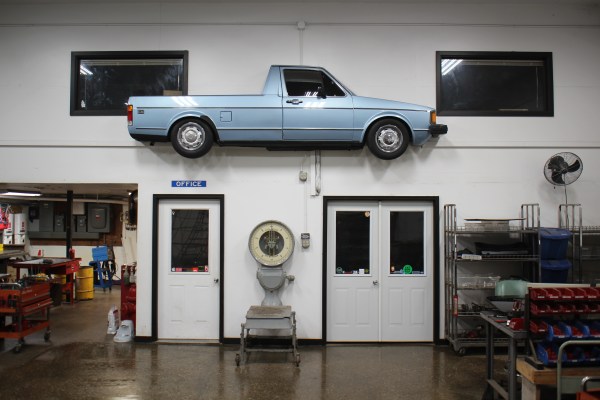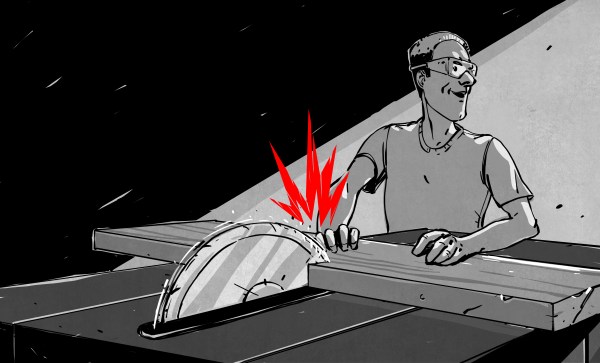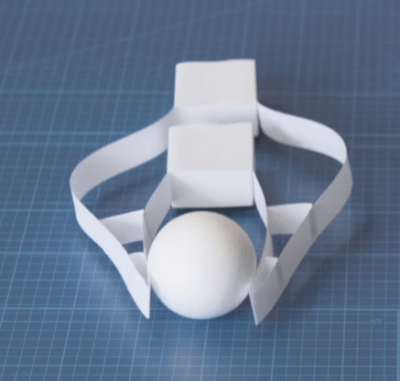Anyone with a garden knows about doing battle with pests. Weeds, bugs, rabbits, birds — all of them try to get a bite out of our flowers and vegetables. Some of the worst are mollusks. Snails and slugs are notorious plant attackers. Tomato plants don’t stand a chance when these beasts come to town. Some folks would reach for the pesticide or even the salt, but [wheldot] had a better idea. He built an electric fence to keep these pests at bay.
Much like the electric fences used for large mammals like horses or cows, this fence is designed to deter, but not kill slugs and snails. The design is incredibly simple – two bare wires are strung around the raised garden about one centimeter apart. The wires are connected to a nine-volt battery. No boost circuit, no transistors, just nine volts across two wires. That’s all it takes to turn a slug away.
[Wheldot] didn’t come up with this hack — it’s been around in various forms for years. The nine-volt battery provides just enough current to annoy the slug or snail. The best part is that when not actively shocking a slug, the only current passing through the circuit is the whatever is passed through the wood.
Reddit user [gnichol1986] measured that at around 180 kΩ through wet wood. That means a typical 400 mAh battery would last around 34 days of continuous rain. Even in the UK it doesn’t rain that much. With a little work insulating the wires from the wood, that could be extended to the full shelf life of the battery.
You know, slugs and critters get into electronics too, so don’t forget a waterproof case to make sure your project stays slug free!



















